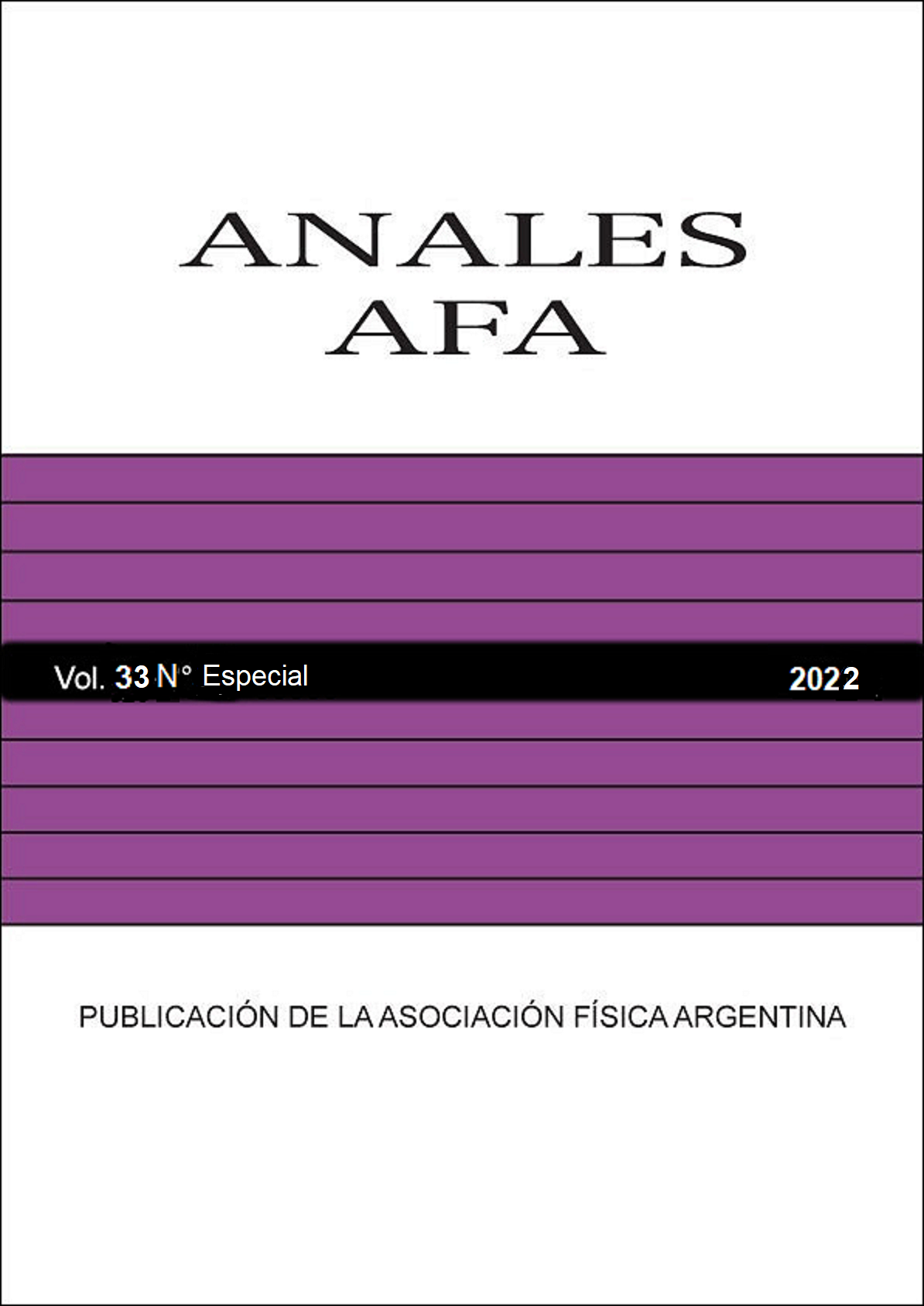WATER TREATMENT WITH A PULSED CORONA DISCHARGE
Abstract
One of the fastest growing technological applications in recent years in the area of non-thermal plasmas is the treatment of water with discharges in (and in contact with) liquids. Reactive chemical species are generated in the plasma in the gas phase and enter the liquid by diffusion, or are generated at the gas-liquid interface, thus changing its physicochemical properties, without the addition of external chemical compounds. Depending on the form of application of the plasma, well differentiated effects can be achieved: on the one hand, the purification of water through the degradation of organic pollutants, and on the other, its activation, through long–lived reactive species, for later use in seeds and food treatments. In this work, the first results obtained in the water treated with a pulsed corona discharge under different exposure times are reported. In particular, measurement results of indigo carmine degradation; electric conductivity; pH; aqueous concentrations of reactive species, such as nitrate, nitrite, hydrogen peroxide and ozone, are reported. The results are discussed and compared with published data.




